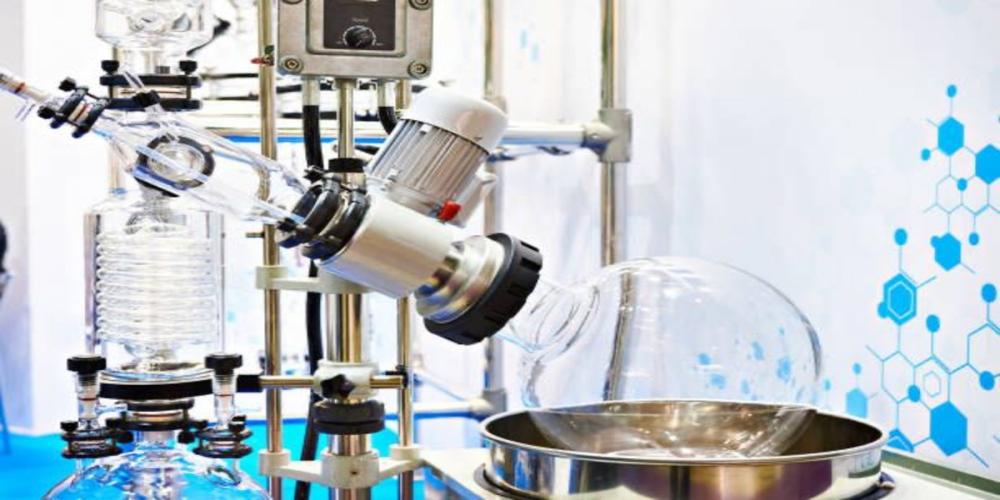Chemical reactions are the backbone of the pharmaceutical, chemical, and food industries. To develop and manufacture new products, researchers must be able to run and test reactions at a small scale in the lab before scaling up to industrial production. Glass reactors are an essential tool for this process, allowing researchers to perform reactions under precisely controlled conditions.
However, moving from the lab to the industrial scale can be challenging, particularly when achieving consistent performance. Industrial reactions take a much larger scale, and small variations in reaction conditions can significantly impact the final product. That’s why consistent performance in glass reactors is a primary focus for manufacturers.
The Importance of Consistency in Glass Reactor Performance
Consistent performance is critical in any chemical reaction. In the lab, researchers can carefully control all the variables, from temperature, to pressure to the concentration of reactants. However, scaling up to industrial production introduces new challenges, including control for larger volumes, changes in reaction kinetics, and differences in heat transfer. Even small deviations from optimal conditions can result in significant product quality and yield variations.
To ensure consistent performance, choosing a glass reactor designed for industrial production like the 50l reactor is essential. A high-quality reactor should maintain a consistent temperature and pressure throughout the reaction while also providing efficient mixing and agitation of the reactants. Additionally, the reactor should be able to handle a range of chemical substances, including corrosive or hazardous materials.
Innovations in Glass Reactor Design
To meet the demand for consistent performance in glass reactors, manufacturers have developed innovative designs that address the challenges of scaling up. For example, some reactors now feature advanced control systems that automatically adjust temperature, pressure, and agitation based on real-time data from sensors. This allows for precise reaction control, even as conditions change.
Other manufacturers are developing reactors with improved heat transfer capabilities, allowing faster, more efficient reactions. These reactors may feature jacketed or double-walled designs that provide a larger surface area for heat transfer and improved insulation to reduce energy loss.
Finally, some manufacturers are incorporating new materials into their reactor designs to improve chemical resistance and durability. For example, reactors made from high-quality borosilicate glass are highly resistant to chemical corrosion and can withstand extreme temperatures without cracking or breaking.
Conclusion
Glass reactors are essential for researchers working in the pharmaceutical, chemical, and food industries. However, moving from the lab to industrial production requires careful attention to consistent performance. Researchers can ensure precise control over reaction conditions by choosing a glass reactor designed for industrial production, leading to consistent and reliable results. As manufacturers continue to innovate and improve their designs, we expect to see even more consistent performance from glass reactors.
FAQs
Q: What factors should be considered when selecting a glass reactor for industrial use?
A: When selecting a glass reactor for industrial use, factors such as the type and volume of reaction, the required temperature and pressure range, the materials of construction, and the level of automation should be considered.
Q: What are the maintenance requirements for glass reactors?
A: Glass reactors require regular cleaning and inspection to ensure their performance and longevity. It is also important to replace any worn or damaged parts to prevent contamination and ensure safe operation.


